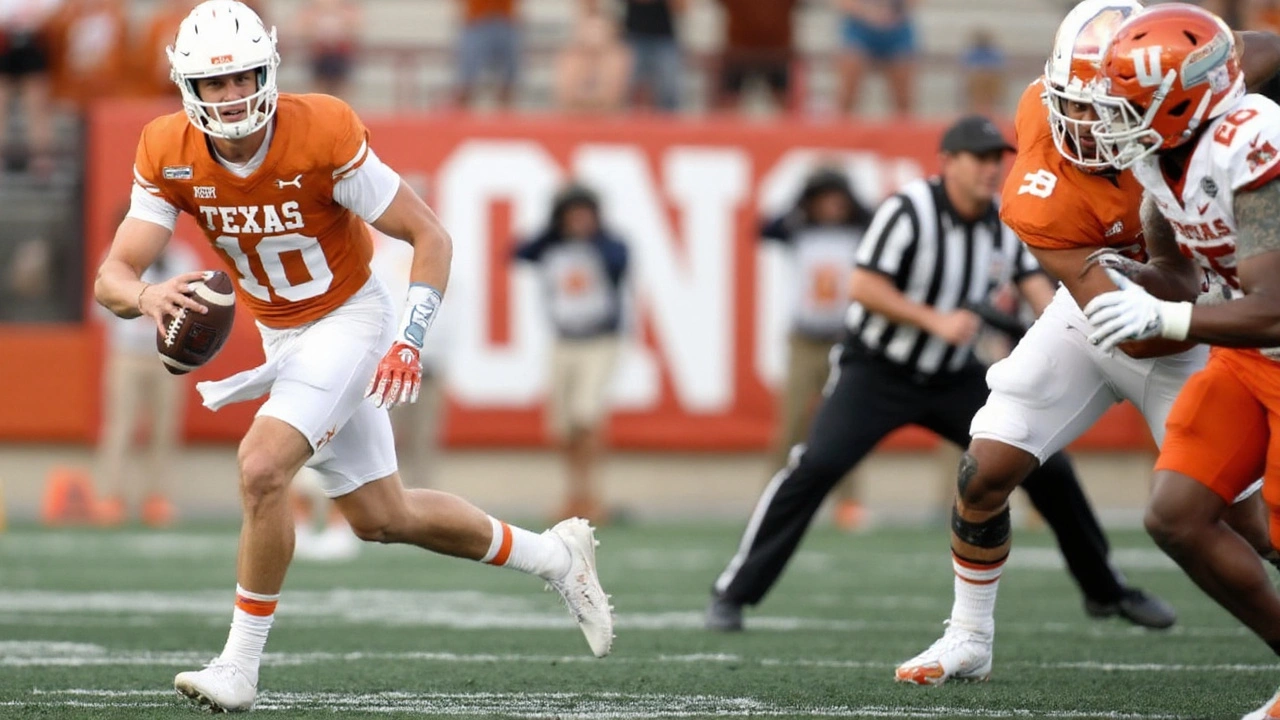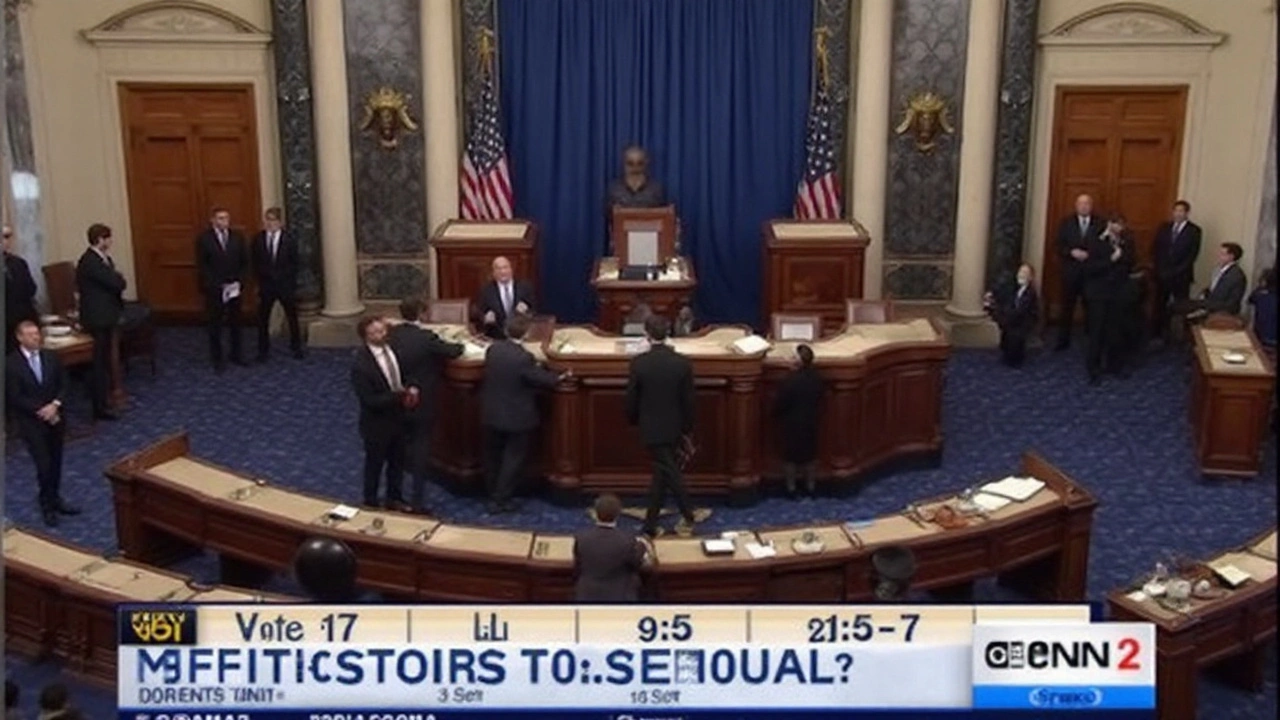It took 87 cents a year per subscriber to end a standoff that kept millions of streaming households from seeing Congress on TV. After months of pressure and years of cord-cutting pain, C-SPAN has reached carriage deals with YouTube TV and Hulu + Live TV to bring its three public affairs channels to the services’ base packages starting this fall.
The agreement covers C-SPAN, C-SPAN2, and C-SPAN3, and it replicates the licensing terms paid by traditional cable and satellite providers: about 87 cents per subscriber per year. The network’s long-running no-advertising policy on television stays in place. For C-SPAN, a nonprofit that relies on these fees and receives no government funding, the deal plugs a serious hole.
A decade ago, C-SPAN reached roughly 100 million homes. Today, that number is closer to 70 million as pay-TV shrinks. About 20 million households now pay for live TV through streaming bundles like YouTube TV and Hulu + Live TV. Until now, most of those homes couldn’t get C-SPAN’s live channels, which meant fewer viewers for floor debates, hearings, and the civic programming that made the network a fixture since its 1979 launch.
What’s in the deal
YouTube TV and Hulu + Live TV will add all three C-SPAN channels to their core lineups this fall, making the programming available to subscribers without an extra add-on. The fee is identical to what cable and satellite companies pay—small in absolute terms but crucial to C-SPAN’s budget. And unlike almost every other network in a basic bundle, C-SPAN’s TV feed remains ad-free.
The streaming gap had real financial stakes. Cord-cutting reduced C-SPAN’s reach and, with it, the license fees that support its operations. Closing that gap became a top priority for new chief executive Sam Feist, who has argued that wide distribution is essential to the network’s mission of unfiltered public affairs coverage.
The deal goes beyond carriage. YouTube will sponsor C-SPAN’s America 250 coverage, the set of events tied to the 250th anniversary of U.S. independence. Google-owned YouTube will also work with C-SPAN to improve its presence on the main YouTube platform—think better surfacing of clips, archives, and event coverage so people can find hearings and historical footage faster.
The timing tracks with how people now watch TV. In July 2025, Nielsen data showed that linear streaming bundles like YouTube TV and Hulu accounted for 16 percent of TV viewing—more than double their share in 2021. For a public service channel, being absent from that slice of the market meant shrinking visibility right as viewers migrated to streaming.
There was also political pressure. Lawmakers grew concerned that the absence of C-SPAN on major live streaming platforms reduced public access to Congress. This spring, a bipartisan resolution led by Senators Chuck Grassley (R-Iowa) and Amy Klobuchar (D-Minn.)—timed to the 39th anniversary of C-SPAN2’s first Senate broadcast—urged TV providers, including streamers, to carry the network. It wasn’t a mandate, but it signaled where Congress stood.
Feist framed the agreements as a return to form. For nearly half a century, C-SPAN has worked with TV distributors to keep its programming broadly available. Adding the two largest live-streaming bundles re-establishes that footprint in the streaming era.
What changes for viewers is simple:
- The three C-SPAN channels will be included in YouTube TV and Hulu + Live TV’s base packages this fall.
- The channels will remain commercial-free on TV.
- Subscribers can use the platforms’ cloud DVR features to record hearings and floor sessions.
- YouTube will promote more C-SPAN clips and archival programming on its main platform.
- C-SPAN’s America 250 coverage gets a sponsorship boost from YouTube.

Why it happened now—and why it matters
This is about access as much as money. C-SPAN’s core promise is gavel-to-gavel coverage of Congress and major hearings with no commentary layered on top. The network uses its own cameras in the Capitol, which means proceedings keep airing even when government-run audio or video systems fail. When streaming households couldn’t get C-SPAN, lawmakers lost a chunk of their televised exposure, and the public lost a familiar window into the process.
For distributors, adding any channel means trade-offs. Live-streaming bundles are built to be leaner than old cable packages, which is part of why they’ve grown. Every new channel adds cost. But at 87 cents a year per subscriber, C-SPAN is a rounding error compared with big sports networks that can cost distributors many dollars per month. The tiny fee made it easier to say yes, especially with bipartisan calls for carriage and the network’s unique public-service role.
There’s also a larger industry story here. Virtual multichannel providers—YouTube TV, Hulu + Live TV, and rivals—are now central to how millions watch live television. As they mature, they face the same must-have programming expectations that cable once did. News, local stations, regional sports, and public affairs each carry different value props. For civic coverage, C-SPAN is the brand people recognize.
Economically, the deal helps stabilize C-SPAN’s funding model. Because it forgoes advertising on TV, those per-subscriber fees matter. The network isn’t government-funded, so it can’t lean on public budgets when carriage erodes. Reaching 20 million streaming households doesn’t just rebuild audience; it also restores a line of predictable revenue the nonprofit can plan around.
The political dimension shouldn’t be understated. The Grassley-Klobuchar resolution didn’t force anyone’s hand, but it made the stakes clear: in an election-heavy period and ahead of America’s 250th, the public expects ready access to hearings, debates over legislation, and the daily churn of floor action. Streaming bundles now serve younger and cord-cut households who might not otherwise encounter that coverage.
For viewers, the practical payoff is visibility and convenience. Committee marathons and late-night vote-a-ramas are easier to catch when they’re in the same guide as local news, sports, and entertainment—no extra logins or separate hardware. The cloud DVR features in these services also make it possible to save a hearing and skim for the moments that matter, whether that’s a witness exchange or a key amendment vote.
The YouTube piece matters for a different reason: discovery. C-SPAN’s archive is a gold mine for students, journalists, and anyone who wants to see primary-source video rather than clips filtered through commentary. Better placement on YouTube—through playlists, search optimization, and smarter packaging—means more of that content will surface when people go looking for context on a bill, a nominee, or a past hearing.
What happens next will be watched closely by other mission-driven networks. While C-SPAN isn’t the same as public broadcasters that rely on underwriting and member stations, the template—low-cost carriage on live-streaming bundles plus platform support for on-demand discovery—could be appealing for outlets that trade on trust and public service rather than ratings and ad loads.
There are still open questions. Neither YouTube TV nor Hulu + Live TV has detailed exactly how the channels will be displayed in their guides or whether any interactive features might be added around live proceedings. And while the TV feeds remain commercial-free, platform-level interface ads and recommendations are part of the streaming experience. The network’s brand rests on staying neutral and uncluttered; preserving that feel inside modern apps will take care.
For now, the headline is clear: after years of losing ground to cord-cutting, C-SPAN is back in front of a key part of the live-TV audience. The network gets distribution and a steadier budget line. Streamers add a small-cost, high-civic-value channel to their base. And the public regains a simple thing that’s easy to take for granted—an unfiltered view of what the government is doing, live and on the record.
